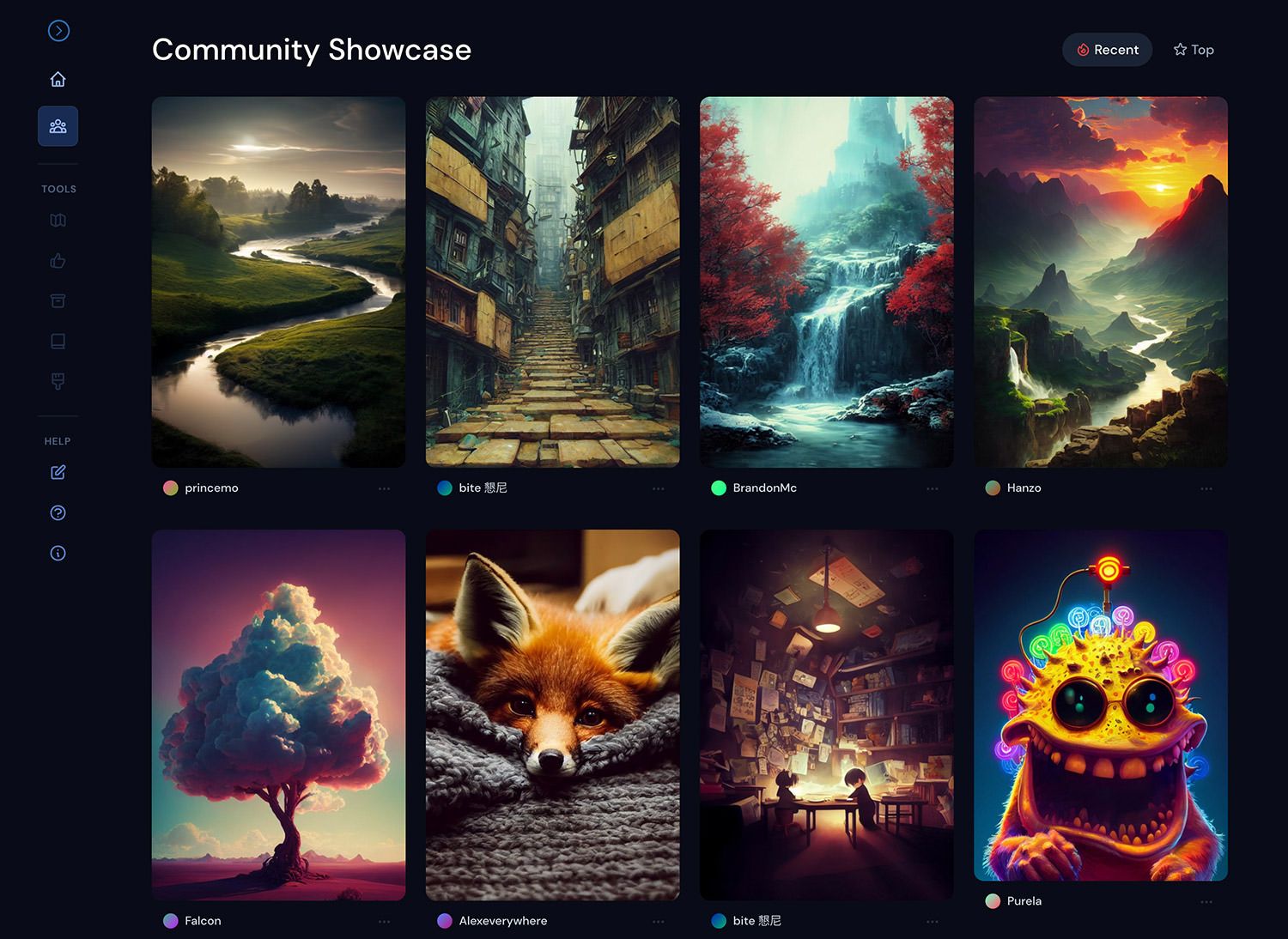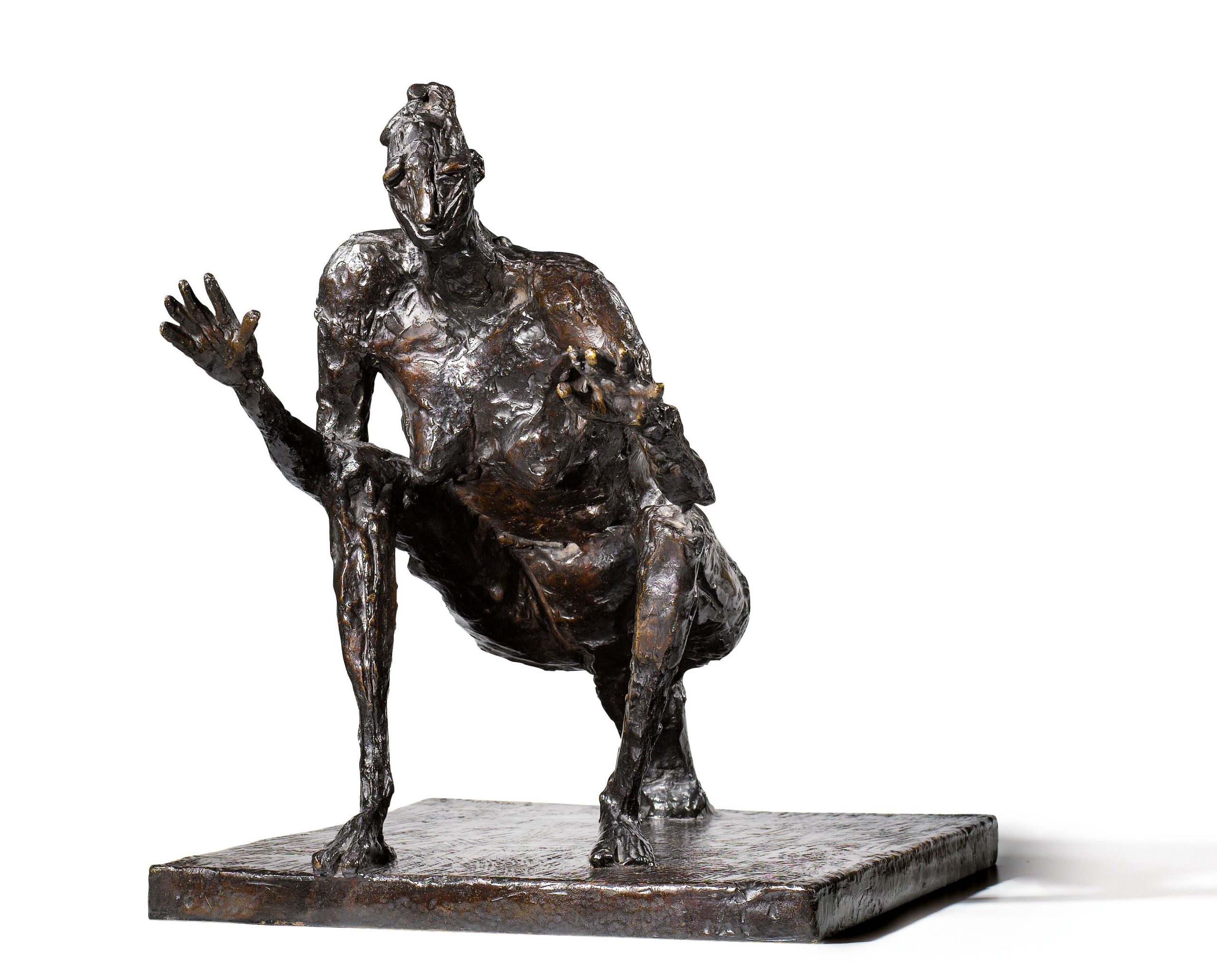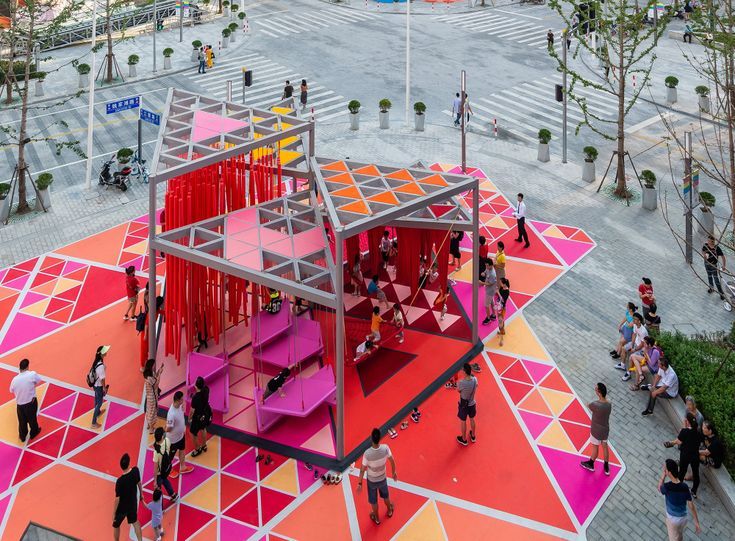Creating digital art has become increasingly popular in recent years, with advancements in technology making it more accessible to artists of all skill levels. Whether you’re a seasoned professional or just starting out, there are a few key tips and tricks that can help you take your digital art to the next level.
Choose the Right Software
One of the most important aspects of creating stunning digital art is choosing the right software. There are many programs available that cater to different styles and levels of expertise. Some popular options include Adobe Photoshop, Adobe Illustrator, Procreate, and Corel Painter. Take the time to experiment with different software to find the one that best suits your needs and artistic style.
Invest in a Graphics Tablet
While you can create digital art using just a mouse, investing in a graphics tablet can greatly enhance your workflow and overall quality of work. Graphics tablets allow for more precise and natural drawing, mimicking the feel of traditional art tools. Companies like Wacom and Huion offer a range of tablets at varying price points to suit any budget.
Practice Your Skills
As with any other art form, practice makes perfect. Take the time to experiment with different techniques, styles, and tools to develop your skills and find your unique artistic voice. Consider taking online tutorials or enrolling in a digital art course to further hone your craft.
Use Reference Images
Reference images can be a valuable tool when creating digital art. Whether you’re working on a realistic portrait or a fantastical landscape, having a reference image can help you accurately capture details and proportions. Remember to not rely too heavily on reference images, but instead use them as a guide to inform your own creative vision.
Experiment with Textures and Brushes
Textures and brushes can add depth and personality to your digital art. Many software programs come with a variety of pre-installed brushes, but don’t be afraid to explore third-party brush packs or create your own custom brushes. Experiment with different textures and blending modes to give your artwork a unique and distinctive look.
Pay Attention to Composition and Lighting
Composition and lighting are crucial elements of creating stunning digital art. Pay attention to the placement of objects within your piece, as well as how light interacts with them. Consider the mood and atmosphere you want to convey, and use composition and lighting to enhance that feeling.
Seek Feedback and Collaborate
Don’t be afraid to seek feedback from other artists or join online communities to share your work and receive constructive criticism. Collaborating with other artists can also help you grow and expand your skills. Remember that art is subjective, so don’t be discouraged by negative feedback, but instead use it as a learning opportunity.
Stay Inspired and Keep Experimenting
Creating stunning digital art is a journey, not a destination. Stay inspired by exploring different art styles, mediums, and techniques. Don’t be afraid to step out of your comfort zone and try new things. The more you experiment and push yourself creatively, the more your art will evolve and improve.



